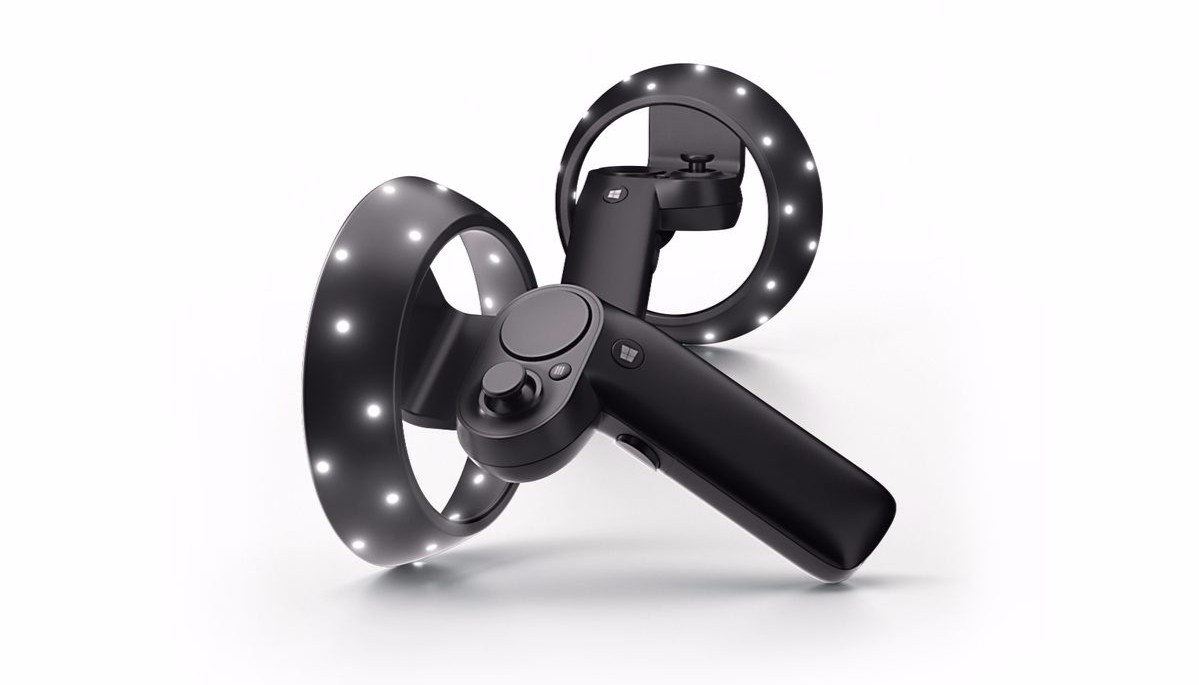
6DOF stands for six degrees of freedom, and it refers to the ability of an object or system to move in six different directions. These directions are typically defined as three linear movements (up/down, left/right, forward/backward) and three rotational movements (pitch, yaw, and roll).
In the context of virtual reality (VR) and augmented reality (AR), 6DOF refers to the ability of a device or system to track and respond to the user’s movements in all six degrees of freedom. This allows the user to move and rotate their body freely in the physical space, and have their movements accurately reflected in the virtual or augmented environment.
6DOF tracking is an important aspect of many VR and AR applications, as it allows for a more immersive and interactive experience. It is often achieved through the use of specialized hardware such as motion controllers, sensors, or other tracking devices.
The benefit of 6DoF in Mixed Reality, Augmented Reality, and Virtual Reality
The benefit of 6DOF (six degrees of freedom) is that it allows for a more immersive and interactive experience in virtual reality (VR) and augmented reality (AR) applications. With 6DOF tracking, the user can move and rotate their body freely in the physical space and have their movements accurately reflected in the virtual or augmented environment. This allows the user to feel like they are truly present in the virtual or augmented world, rather than being confined to a limited range of motion.
6DOF tracking can also enable more realistic and intuitive interactions with virtual or augmented objects and environments. For example, in a VR game, the user might be able to reach out and grab virtual objects, or move their body to avoid obstacles. In an AR application, the user might be able to walk around a virtual product and view it from different angles or manipulate virtual objects with their hands.
Overall, the benefit of 6DOF is that it allows for a more realistic and engaging experience in VR and AR applications, and can enable new and innovative forms of interaction and interaction.
What is a 6DoF controller?
A 6DOF (six degrees of freedom) controller is a type of input device that allows the user to control a virtual reality (VR) or augmented reality (AR) application by moving and rotating their body in six different directions. 6DOF controllers typically use motion sensors, cameras, or other tracking technologies to detect the user’s movements and translate them into the virtual or augmented environment.

6DOF controllers are often used in conjunction with VR or AR headsets or glasses and are designed to be held in the user’s hand or worn on the body. They allow the user to interact with the virtual or augmented environment in a more immersive and intuitive way, by enabling them to move and rotate their body freely in the physical space.
Examples of 6DOF controllers include VR motion controllers, AR hand-held devices, and wearable controllers such as gloves or body suits. These devices can be used for a wide range of applications, including entertainment, education, training, and more.
Tilt Brush is an example of a VR painting application that leverages 6DOF controllers. Using 6DOF controllers, users can paint in 3D space.
What is the difference between 6DoF and 3DoF?
The main difference between 6DOF and 3DOF systems is the ability to rotate around the different axes. 6DOF systems are able to move and rotate freely in all three dimensions, while 3DOF systems are only able to move freely in three dimensions, but not rotate. 3DOF systems are not able to rotate around any of the axes. In Mixed Reality, 6DOF systems are typically preferred because they offer a more immersive and interactive experience. However, 3DOF systems can also be useful in certain situations where the ability to rotate is not as important.
